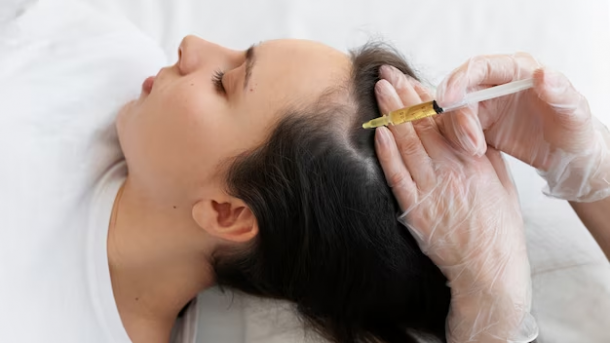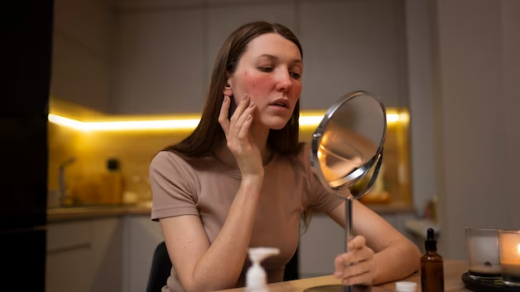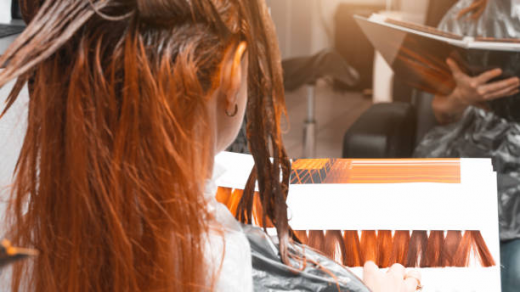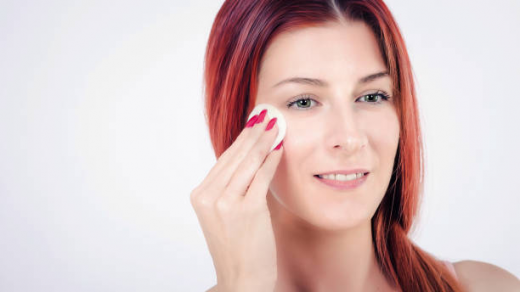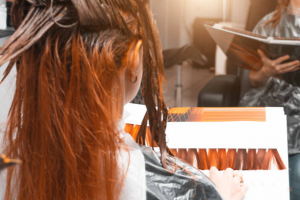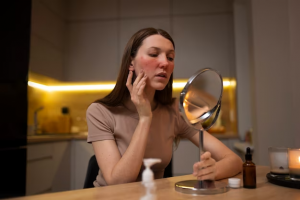Scalp peeling is a procedure aimed at improving the condition of the skin by removing dead cells. This treatment promotes better hair growth, prevents dandruff and improves blood circulation in the scalp.
It is important to know how to use peeling correctly to avoid irritation and achieve maximum effect from the procedure. The use of peeling should be competent and take into account skin type, personal characteristics and existing problems. For example, the question may arise, “is it possible to peel the scalp if you have seborrhea?” The answer depends on the condition of the skin and the choice of gentle products that do not cause irritation.

Main types of scalp peels
The choice of peel type is critical to achieving the best results and minimizing the risk of unwanted reactions. But, before you make a choice, it is worth understanding, “what is scalp peeling intended for?” Its main task is to deeply cleanse the skin, eliminate dead cells and stimulate skin renewal. Let’s consider three main types:
- Mechanical peeling – includes the use of scrubbing particles such as sea salt, sugar, apricot kernels, which gently exfoliate dead skin cells. The procedure requires careful application so as not to injure the skin. She answers the question of how to clean the scalp at home, providing the opportunity to perform the procedure without the help of professionals.
- Chemical peeling – uses chemicals (glycolic acid, salicylic acid and others) to dissolve and remove dead cells. This type of peeling often turns out to be deeper and more effective, but requires prior consultation with a specialist.
- Enzyme peeling – contains enzymes (usually fruit) that actively break down protein bonds between dead cells and healthy skin, thereby promoting gentle exfoliation.
| Peel type | Active ingredients | Suitable for skin type |
|---|---|---|
| Mechanical | Sea salt, sugar | Normal, combination |
| Chemical | Glycolic, salicylic acid | Fatty, with problems |
| Enzyme | Fruit enzymes | Sensitive, thin |
Step-by-step guide to using peeling
The peeling process requires care and attention to detail:
- Preparation for peeling: Before applying the product, you must thoroughly cleanse your scalp and hair, which can be done by using a mask to deep cleanse the scalp. It makes sense to perform a light massage to improve blood circulation and prepare the skin for further care. Assess the condition of your skin to determine “how often should you exfoliate your scalp?” The need may vary from once a week to once a month depending on the skin type and the chosen peeling. If you have inflammation, skin damage, or recent coloring or perm procedures, you should postpone the use of peeling.
- Applying peeling: Apply a small amount of the product to damp scalp, parting your hair. Gently massage in a circular motion for 3-5 minutes, paying special attention to problem areas, but avoid strong pressure and harsh friction.
Common mistakes when peeling
Mistakes in Using peeling for the scalp can negate all its benefits and lead to undesirable consequences. One of the most common is the excessive use of peeling. Excessive frequency will not only not improve the condition of the skin, but can also lead to dryness and irritation.
Choosing the wrong product can also end badly, especially if you do not take into account individual characteristics, such as skin sensitivity or allergies to the components of the product. Insufficient post-treatment care, such as a lack of soothing and moisturizing masks, can also reduce the effectiveness of the peel and the effect on the scalp.

Best practices and expert advice
Following expert recommendations can significantly improve effectiveness scalp peeling. Let’s look at some important tips:
- Start with a professional consultation to determine your scalp type and condition and choose the appropriate peel products.
- Use the peel according to the directions on the package – Exceeding the recommended application time may result in negative effects.
In addition to commercially available products, there are natural alternatives and homemade recipes that can also be effective and safe for use at home. For example, using a mixture of sugar or salt with oils can be an excellent basis for a gentle mechanical peel.
Conclusion and main points
The effective use of scalp peeling lies in the correct choice of products and adherence to the procedure . This approach not only helps improve skin condition and stimulate hair growth, but also provides excellent prevention of problems without causing harm to health. Use the acquired knowledge wisely, and your scalp will be grateful for such care!

Frequently asked questions
-
Is it possible to peel the scalp with do you have dandruff?
Yes, it’s possible. For dandruff, peeling can help speed up the process of eliminating it, but you should choose gentle products and avoid chemical peels, which can increase irritation.
-
How often should you reapply your scalp peel? ?
As a rule, a procedure 1-2 times a month is sufficient, but this parameter may vary depending on skin type and hair condition.
-
Is it possible to exfoliate the scalp immediately after coloring your hair?
It is recommended to wait at least 1-2 weeks after coloring to avoid irritation and not affect the color fastness.
-
What are the advantages of a mask for deep cleansing the scalp compared to peeling?
A mask for deep cleansing, as a rule, has nourishing and moisturizing properties properties other than cleansing, while peeling specifically removes dead cells and stimulates regeneration.
-
What to do if irritation occurs after peeling the scalp?
If irritation occurs after peeling, stop using the product and use soothing and moisturizing products. If necessary, consult a dermatologist.
